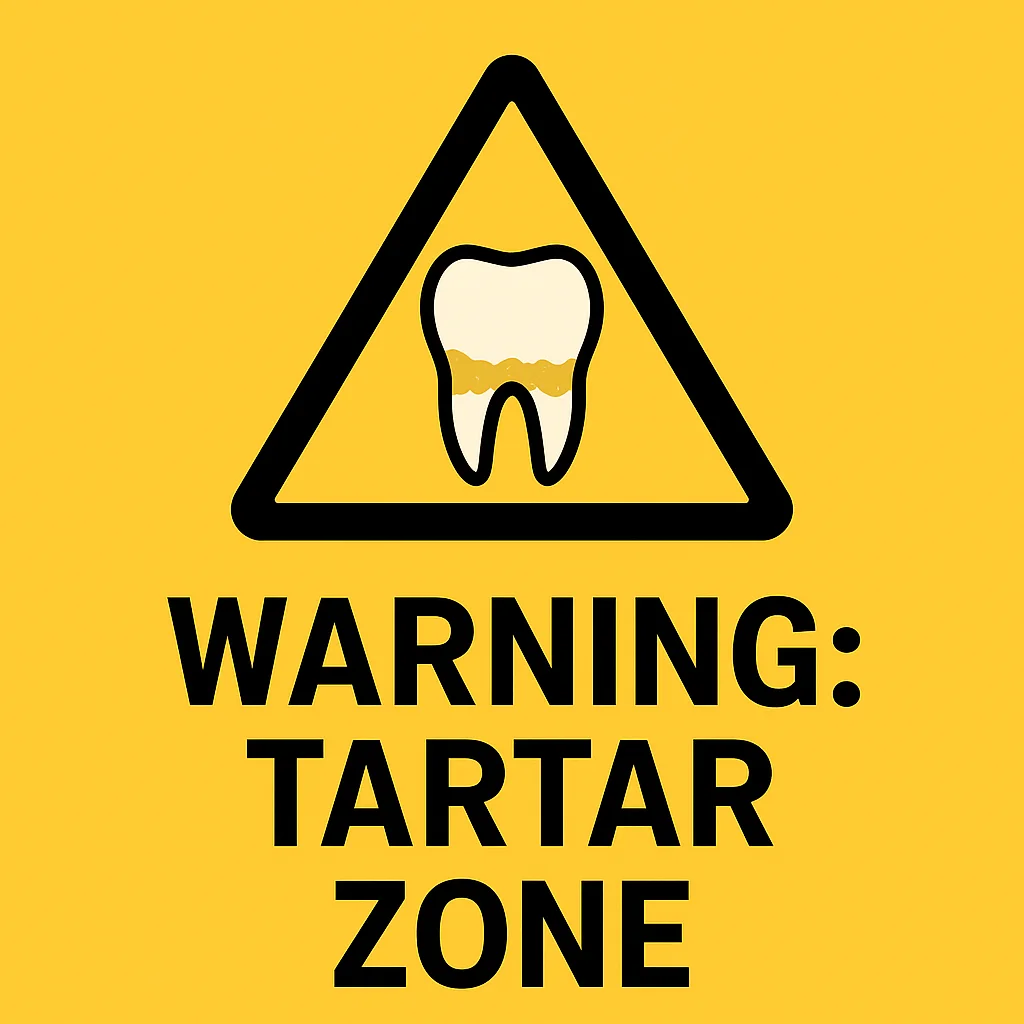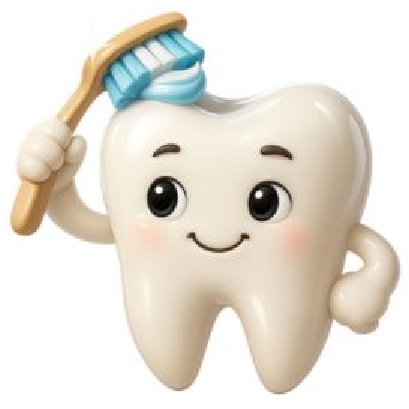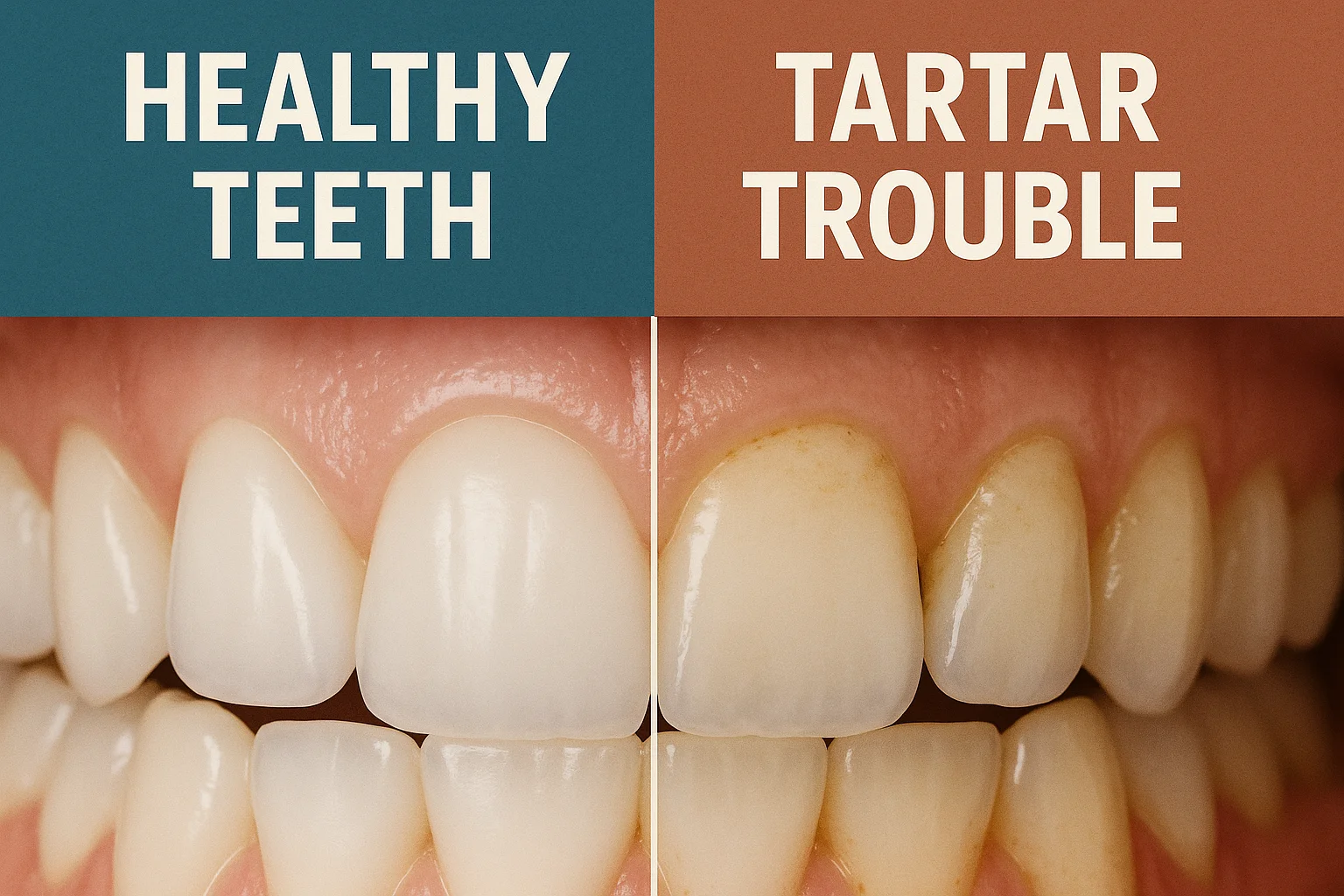Tartar (also called dental calculus) is the result of plaque not being removed from your teeth. It hardens over time—typically within 24 to 72 hours—and becomes a crusty, yellow or brown deposit that sticks like cement to your enamel and gum line.
What Causes Tartar On Teeth

Sadly, the only real culprit causing tartar to ever appear on teeth is poor dental hygiene. There are a couple of common pitfalls which many people fall into. A routine that isn’t adhered to, and simply not brushing well enough. Both can result in a build up of plaque and tartar and a visit to the hygienist for a costly scale and polish.
Unlike soft plaque, which you can remove at home by brushing, string flossing or water flossing, tartar is far tougher. Once it forms, you can’t brush it away—it needs to be professionally scraped off by a dentist or hygienist.
Why does it matter? Tartar not only makes your teeth look discoloured, but it also traps more bacteria, irritates gums, and is a key player in tooth decay, gum disease and bad breath.
The trick is to prevent plaque from turning into tartar in the first place. Daily flossing (including between back teeth) and rinsing debris with a water flosser gives you a head start.
Don’t wait for tartar to show up uninvited, It’s far easier, and certainly cheaper, to prevent than it is to remove.
Q: Can tartar be removed at home?
A: No. Once tartar has hardened, only a dental professional can safely remove it. Regular brushing and flossing help prevent it from forming in the first place.
Q: How long does it take for plaque to become tartar?
A: Plaque can start hardening into tartar in as little as 24 to 72 hours if not removed—especially around the gum line and between teeth.

